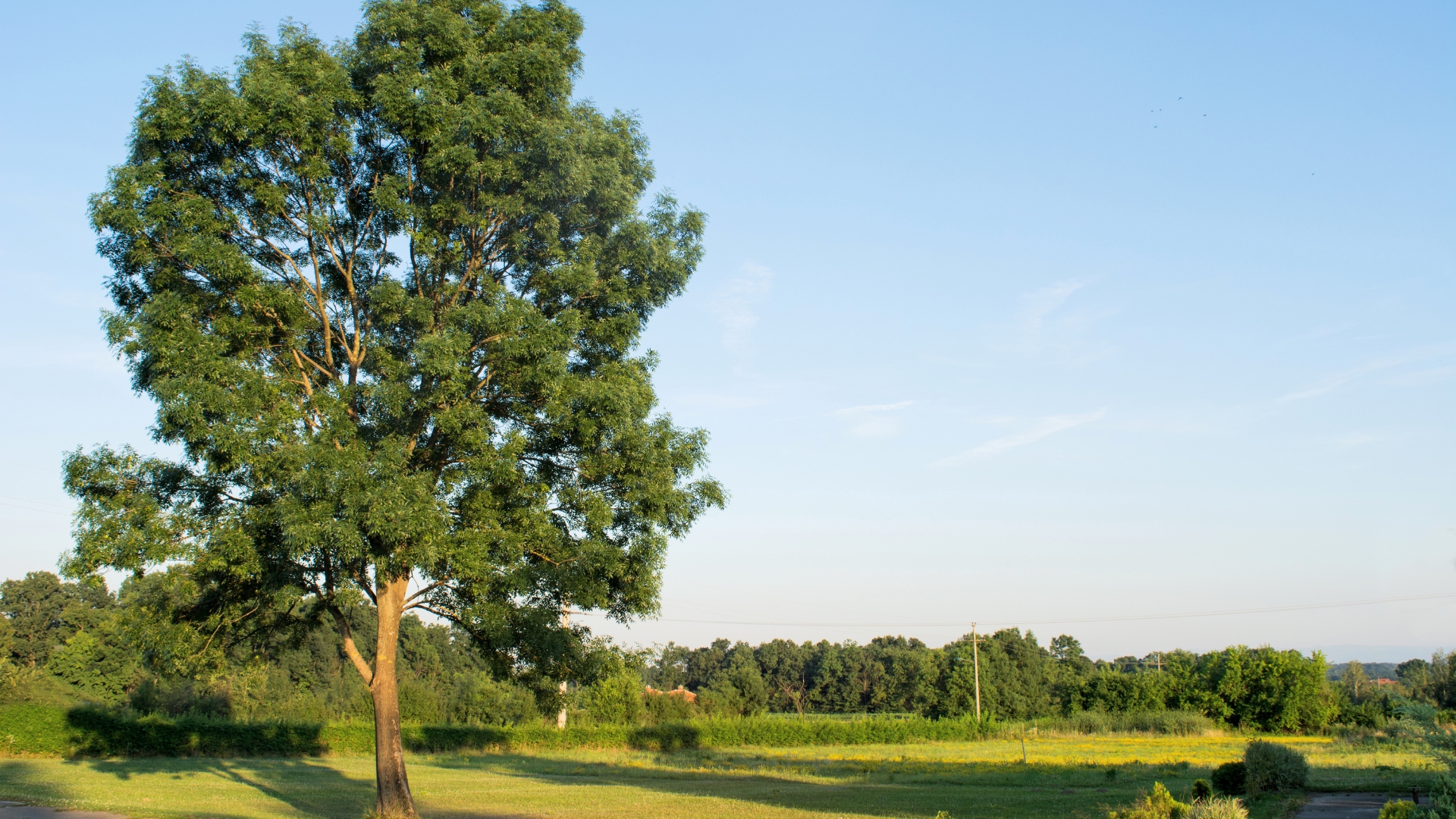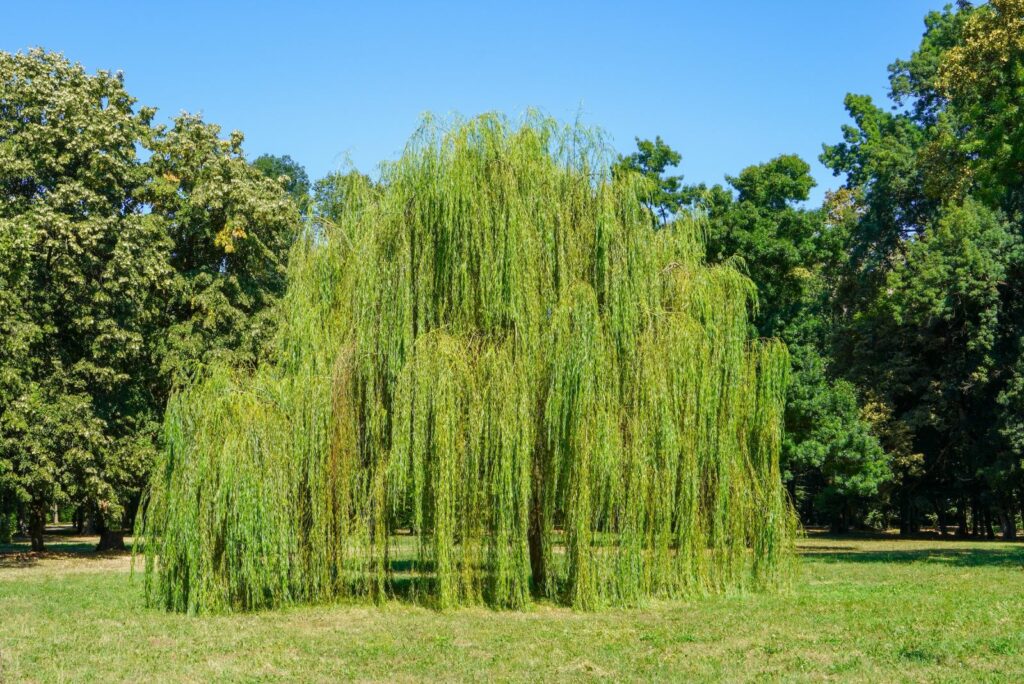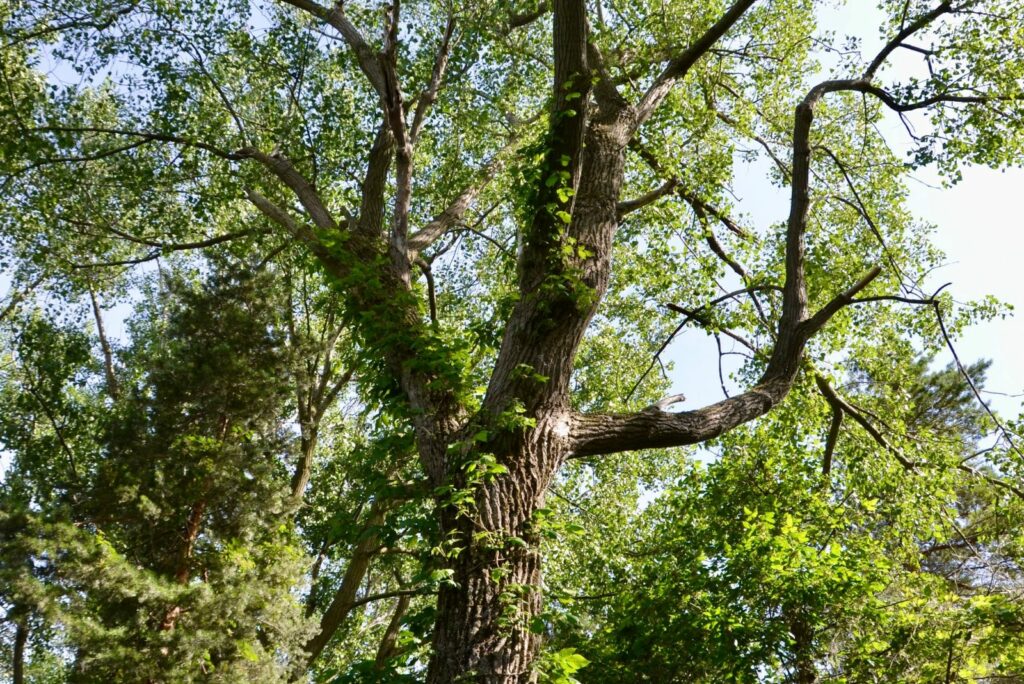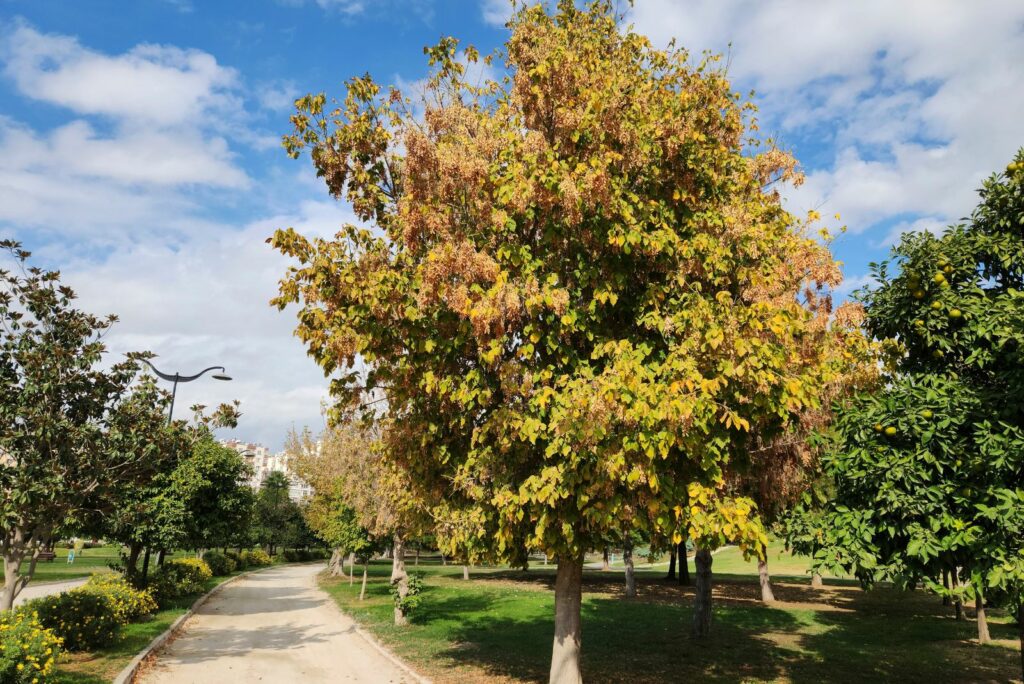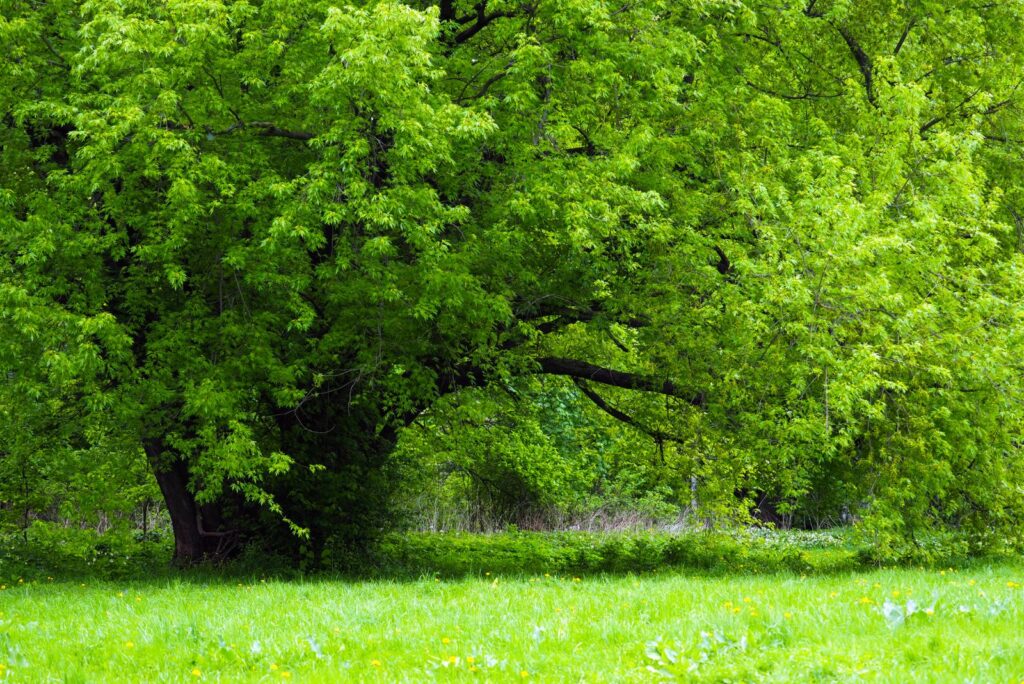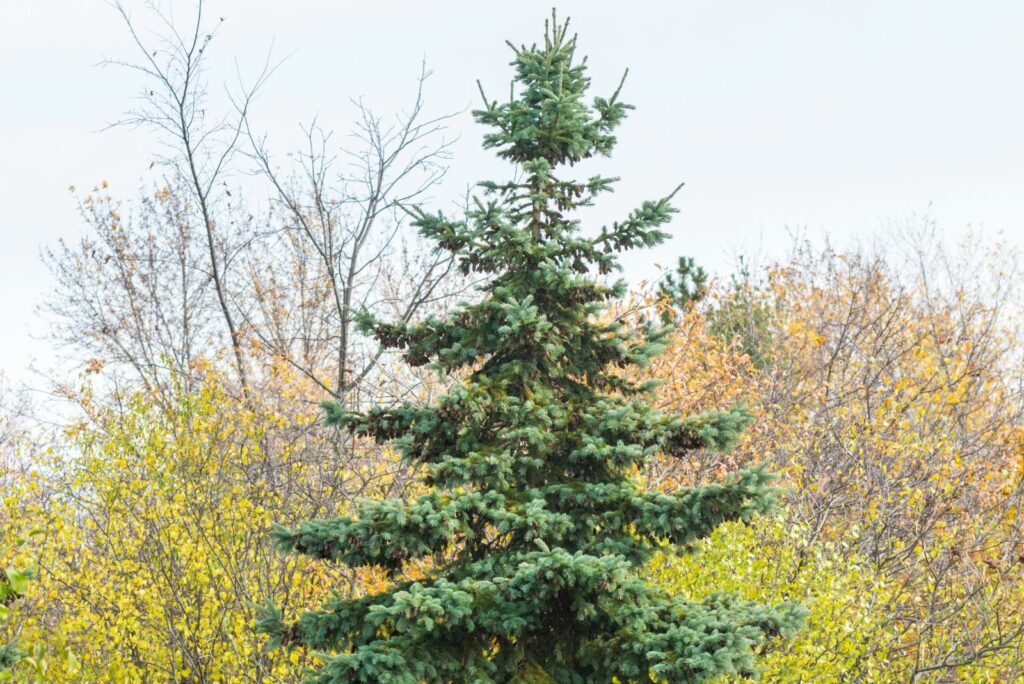Hello, small backyard owners! How’s your plant selection doing? It’s definitely true that even smaller yards can look breathtaking if you make friends with the right plant species.
Even in the tiniest yard, there’s room for a tree or two – plant them, and you’ll reap the rewards in no time! They’ll increase the value of your property, clean the air, prevent erosion, attract wildlife, and, of course, make everything more visually appealing.
The list seems to be endless but… Some trees can overwhelm your small backyard and you can forget about all the benefits I mentioned earlier if that happens.
The last thing I want is for all your effort to go to waste, so I’ll show you the trees that should not be on your to-plant list if your outdoor space is limited.
Rest easy, I’ll also show you some fantastic options that’ll work wonders without packing things too tight!
1. Weeping Willow Is Stunning But…
The cascading foliage of the weeping willow is a visual delight for everyone. If you need some shade in your yard, this tree will do the best job.
However, as soon as winds and ice reach it, you’ll face a messy backyard. Yes, regular pruning can prevent this scenario, but that’s not the only problem with this tree.
Their vigorous roots will quickly find their way to flower beds and steal all moisture from the soil, not to mention the damage they can cause to underground utilities.
Those who live in Arlington shouldn’t ever plant a weeping willow because it’s considered invasive in this city.
Did you know that these trees are also susceptible to various diseases and pests? Getting rid of cankerworms and similar nuisances is almost impossible.
Alternative: Youpon and winterberry trees will fit perfectly into smaller backyards and they both look absolutely fantastic!
2. Ginkgo Biloba And Your Small Backyard Won’t Get Along Well
Here comes one of the most popular trees in the US, the stunning Ginkgo biloba. I always wondered how people don’t mind the unpleasant smelling seeds.
So, what’s the problem with Ginkgo biloba and a small backyard? The size. This species can grow up to 75 feet, both tall and wide.
That’s literally the only thing you’ll notice in your backyard, and it poses a threat to utility line clearance.
Yes, the tree is perfect for fall colors, super-easy to maintain, and deer-resistant, but is it really worth it?
Alternative: Honey locust trees are a way better option for small spaces; they stay relatively short and pollinators adore them!
3. Eastern Cottonwood Is For Huge Yards Only
If you’ve been wondering why everyone is obsessed with Eastern cottonwood trees, let me explain it briefly.
These trees grow super fast and don’t mind their roots getting wet. Butterflies and birds adore them and they’re able to control erosion.
The issue? They can reach 100 feet, and there are some that even grow to 200 feet tall. Obviously, that’s not gonna work in a limited space.
Surrounding blooming plants won’t be happy once the roots of the Eastern cottonwood start sprouting.
Alternative: Cottonless robusta poplar is a shorter variety and an excellent choice for smaller outdoor spaces.
4. Ash Will Only Increase The Number Of Clean-up Chores
White, blue, black, and green ash species all look breathtaking, but growing them in tiny backyards is a big no-no.
All varieties will exceed 50 feet, and white ash can even reach 120 feet (yes, they’re indeed huge).
You’ll get great shade but the food droppings and limb debris of ash will turn your life into a nightmare. Imagine all that cleaning when you should be resting!
Alternative: Thornless honey locust trees and yellowwood trees look amazing and they won’t pose a threat to anything in your backyard.
5. Silver Maple Won’t Look Elegant In Every Backyard
Silver maple is one of the prettiest trees out there. It gives a touch of timeless beauty to all large yards.
For smaller yards, the story is completely different. Yes, size is a huge issue. An 80-foot frame won’t fit into a restricted space but that isn’t the only problem.
Gales or snow can quickly break the limbs of a silver maple, so it definitely isn’t the best tree to plant near a house.
The shallow roots are way too dangerous for sewage pipes and your turfgrass or surrounding blooming plants won’t stand a chance against a silver maple.
Alternative: Chalk or whitebarked maple trees are more suitable because they won’t exceed 30 feet and they show great resistance to heat, shade, and alkaline soil types.
6. Don’t Let The Delicate Blossoms Of Callery Pear Fool You
Blooming trees are famous among landscapers and one of the recommended choices is the lovely Callery pear.
This deciduous tree can reach 50 feet and that’s the first reason why it may not be a good option for a small backyard.
Even if you own a large yard, you can’t grow Callery pear in California or Georgia, because it’s considered invasive in these states.
This short-living tree puts the residential landscape in danger, so it would be best if you start looking for other tree species.
Alternative: Blackhaw viburnum and Sweet crabapple also look breathtaking and will attract songbirds to your yard in no time.
7. Norway Spruce Requires A Backyard Of Its Own!
And our list ends with the Norway spruce, a gorgeous fast-growing tree that attracts wildlife, tolerates pollution, and performs well in cooler climates.
Who wouldn’t want such a tree in their yard? Those who have small backyards! It can reach approximately 60 feet, which requires a lot of space.
Plus, their surface-level roots prevent you from planting any flowers or shrubs around the trunk.
Alternative: Acrocona and Cupressina are shorter Norway spruce cultivars and offer the same benefits.
Growing trees is a real treasure, but in a small backyard, you’ve got to tread lightly. Fortunately, with the alternatives I’ve shared, you can still deck your yard with the lush green guardians!

